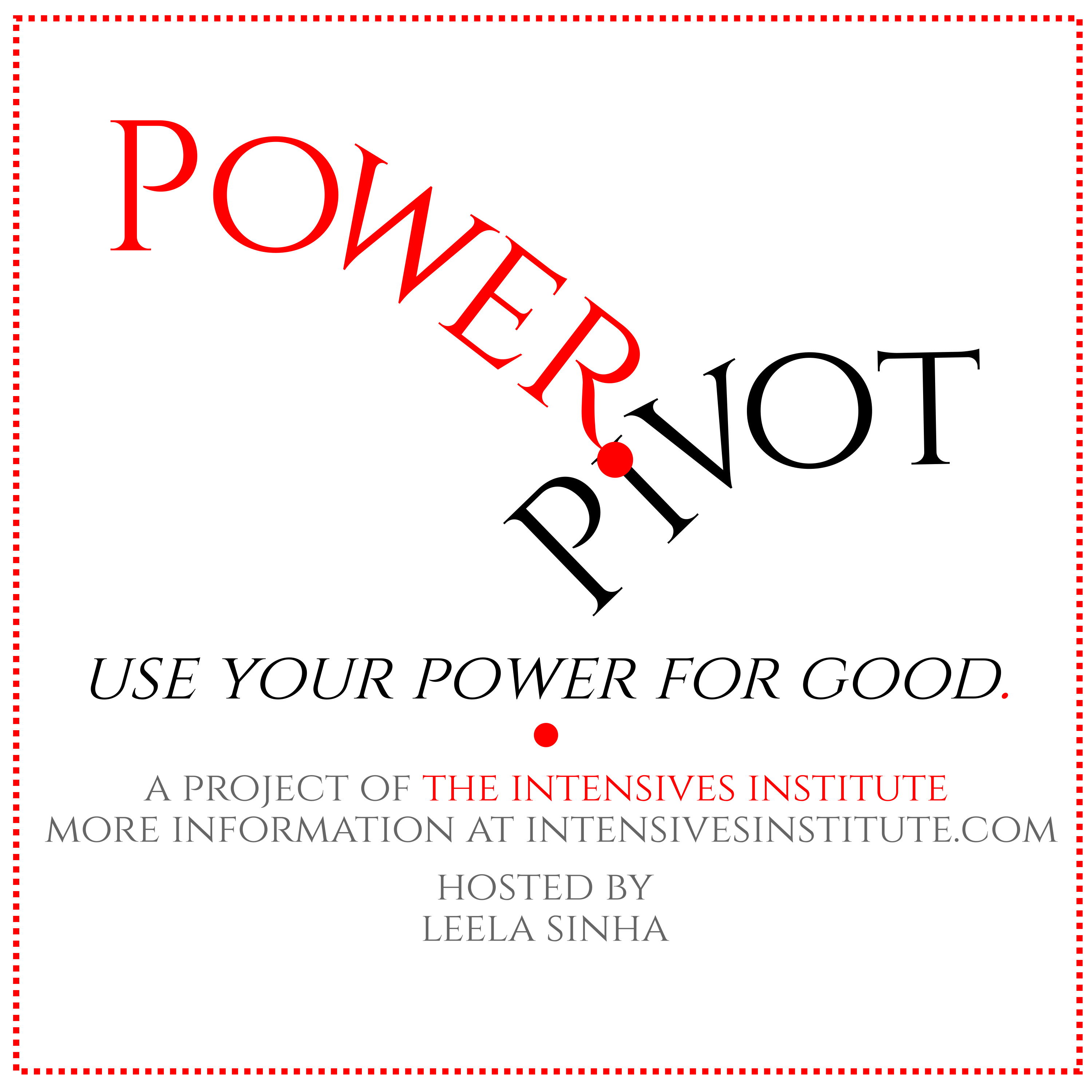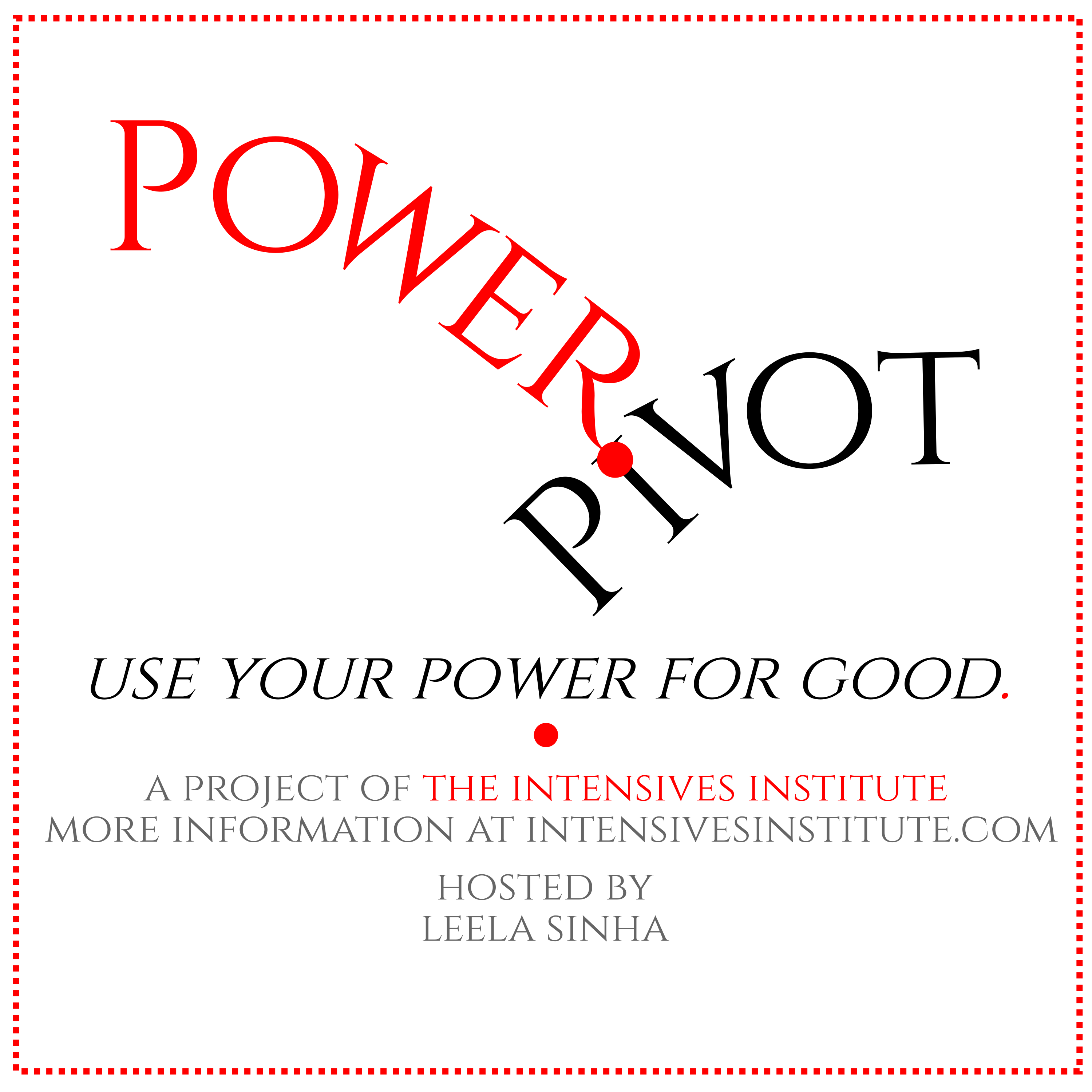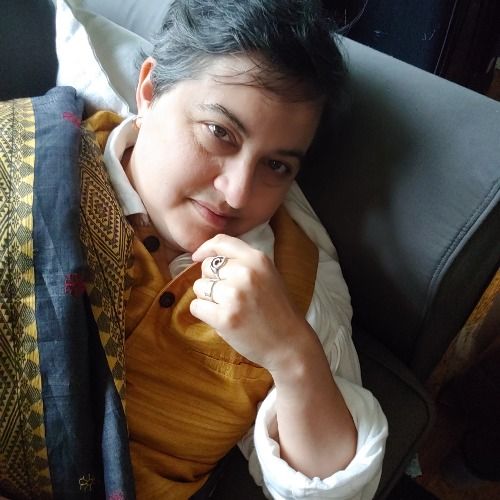Episode 84
a little nudge, and a little context
We have many interests. We work with different types of clients and different organizations. How do we- especially intensives- create the conditions that allow us to get into the right flow, where we can do our best work, smoothly and at the times when it is required? Sometimes a little nudge, and a little context- and perhaps the right feather boa- is all we need.
Transcript and notes:
https://dev.intensivesinstitute.com/captivate-podcast/a-little-nudge-and-a-little-context
Recorded 20 March 2023.
Transcript
Hi, everyone. Thanks for tuning in.
I want to talk a little bit now about the power of setting context. As a lot of you know, I have a number of different hats. I often take on consulting work with organizations, helping them get through a particularly sticky leadership moment, or a particularly sticky leadership issue. Or just try to figure out where the organization is going next.
I've helped congregations figure out what they should do with their building. I've helped other organizations find their next direction. And right now I'm involved in a project where the organization grew really quickly, and didn't really have the structures or the systems to handle that growth. So I'm coming in kind of after the fact, and helping to build those up so that the organization can function well.
But I also have my ongoing corporate clients. And I also have the membership and I have my one on one clients. And I have classes I'm taking and arts that I pursue. A lot of you know that I have a passion for historic sewing, and also I've picked up knitting after three years of putting it down. And, and, and, and. There's so much right, and so many of us are like that. So many of us have a number of balls in the air.
Maybe you have families, children, or aging parents, or maybe you yourself have health issues that you're managing. Maybe you live in a complicated world. Maybe you have a project that you're dying to start. Maybe there's a book you want to write. And, and and.
And so how do we do this? Because as intensives, usually our very best work is in deep focus, where we dive all the way into a project. And we really don't think about anything we live, breathe, eat, sleep that project until that project comes to almost completion. And then around 80%, we lose interest.
And we have to figure out how we're going to get ourselves back interested. But that's a very intensive problem. And it comes at the end of ideally a very intensive work phase, where we're able to just embed ourselves in the context of that particular thing.
But what do you do when you have six different hats or eight different hats? What do you do when you have personal interests and work interests? What do you do when you have six different kinds of clients? What do you do? And you're good at all of it, and you love all of it? It's not that you're trying to put any of it down. But how do you do it?
Like this morning, I sat down at my computer and I had blocked off, in the best way that I can, I blocked off the entire chunk of work time that I have for this organization every week, I blocked it off in one day. Why do I block it off in one day? Because by blocking it off in one day, I can have the time to do that depth work to the greatest extent possible. If they gave me more hours, I might break it up over two days, or I might give myself an even longer block in one day. But being able to dive into that work contiguously is the best way for me to work with them. And so to the extent that I can, I do that.
But I haven't looked at that work since last week at this time, because the other consequence of doing that is that there are these long gaps between- these gaps where my brain almost completely forgets what I'm doing for that institution, for that organization. And so my brain, puts it down. Puts it aside, picks up the other things, works with my other clients.
And the great thing about that as a practitioner, as a consultant, as a coach, as a writer, as everything- is that is that everybody gets my undivided attention. When I am embedded in work with you, with you personally, with your organization; when I'm on a call with you, everything else falls away. And so the only time I pull in other things is when other things are relevant. But you are at the core of my focus when I'm working with you.
The challenge is, then we have to get back into that connected space, back into that location, that shared space, when it's time for us to work together again. And so how do we do it? What do we do as intensives? Especially as the visionary intensive leader, it's not like somebody else is telling you what to do. You have to sit down and ideate, that's what you're being paid for. That's the gift you're bringing to the context is the ability to understand things in this holistic way and to create out of nothing. What is needed next?
What works for me- we're all different- but what works for me and what works for other intensives that I know, is a kind of immersive, contextual support. So for example, this organization I'm working with, I have a different email address for them. I open that different email address in a different Google Chrome window. I log into Chrome with a different identity. And when I log into Chrome with that identity, I take it on. I have a different color scheme on that account. I have different email coming into that account. Some of it also gets copied to my regular email to make sure that I don't miss anything really important.
But in general, when I sit down to work, one of the first things I do is open that Chrome environment. I imagine, although I don't know for sure, that it's possible to have an entire fresh desktop, I believe, it's possible to have an entire fresh desktop assigned to each work environment if we want to. But in lieu of having a fresh desktop, I have a whiteboard on which I have material written for this particular organization. And usually, it sits on a floor with its face to the wall. And when I'm working on that organization's stuff, I pick up that whiteboard, and I put it on an easel, so it's right in front of me.
So that's the thing I see every time I lift my gaze from my computer to stare into the middle distance, I'm staring at that whiteboard. I have a separate Clickup environment for that organization, not just a Clickup inside my own Clickup. That's how I started. But as soon as I could I encouraged that organization to have its own Clickup.
So now when I open Clickup, from that Chrome environment, I get to see the to do list that's in Clickup. Clickup is a project management software. So I see a separate and entirely separate software space with all of my lists for just that organization. And it helps me remember, it helps me engage. It helps me change my focus.
Because my my deep focus is so great that I woke up this morning, and listened to a piece about how to write better stories- storytelling is something that I think is so important to humanity, and that I really like being good at and that I want to be even better at. So I signed up for this free class on storytelling. It was included as a part of the bonus for subscribing to a particular Substack. I mentioned the Substack on here before it's "Everything is Amazing."
And a week or so ago, he offered people who were subscribers the chance to participate in the last version of his storytelling workshop. He's now working on a new updated version of that class. So if you're still interested, I'm sure he'll be selling it soon.
about blogging because it was:And then the clock clicked over and it was time to start working for this organization. My time block for this organization started. And I had finished listening and I had had a snack. And I was ready to go and I sat down and my mind was blank. What am I doing? And then I thought, oh, right, I have to work on this one thing. I have to set up elections. So I worked on that. That took me an hour.
The thing about being an intensive is you think it's going to take you three hours to do something and it takes you an hour. And then you have two hours left to do something else, which is great, because it makes me incredibly efficient as a consultant. But it's also somewhat startling when I look up and I'm like, wow, I've been working on that for a long time. And it's an hour. It's just an hour. It only took me an hour. There are two hours left. What am I going to do now?
And so I wandered out to the kitchen, I got another drink and I got a snack and I talked to my partner and I came back to my computer and I said "What now?" What now? I can't remember what I'm supposed to do. And I'm traveling and I'm away from that whiteboard. And so I opened up the Clickup, which is kind of becoming the cloud version of the whiteboard. It gave me an environment to reference into. And I started thinking about the things that I wanted to make sure that we did. That seemed important.
And so I decided to start with another piece of the project, that I remembered because I had dropped myself into the right context. Even though I'm away from my whiteboard. It also taught me how dependent I am on that whiteboard. And that I definitely need to have a photograph of it when I travel, just in case. So I have these pieces that allow me to have context. And that's what works for me. But every one of us has something different.
My friend, Jacqueline Gates, does a whole thing, a whole course and coaching and everything around what she calls the Leading Lady Academy. How you have to inhabit the character of where you're going. If you're going to be the leading lady, you have to inhabit that future self. And a huge part of how she does it for herself and with her clients is with nesting, that is to say, developing a home environment or an office environment that feels like that. One item at a time.
And with costume. She has a background in theater obviously. And, and so costume. She says dress up in costume. Which reminds me of a friend I had a long time ago, who needed to do some administrative tasks and really hated doing administrative tasks. And finally hit upon the brilliant idea of creating a persona that was the administrator.
Rather than hiring an administrator, she created an administrative persona, who had a boa and a hat, and maybe a sweater and a different spot at the desk. She would literally come in some days. And by come in, I mean get up from her dining table and move to her desk. But she would come to her desk in a different set of clothes with a different name and sit at a different spot and do all the administrative tasks that the other version of herself had left for the administrator to take care of.
Change of identity, change of context. And it allowed her to get those things done. There's so much power in creating a setting that allows us to focus, that allows us to know what we're doing, that puts us on track. It helps us get into flow.
Flow state is absolutely our genius state. It's the place where we do our best work and we do the most work so well. And all it takes, often, is a little nudge and a little context. A note to yourself on a post it note on your computer screen or scrawled on a notebook left on your desk. Two words three words a piece of inspiration. Bullet points that you thought of in the middle of the night that you put in Evernote.
And then the context, the right whiteboard, the right chair, the right piece of equipment, the right hat, the right feather boa- Place. The right place.
Outside influences inside. And that changes your work.
Thanks for tuning in.


